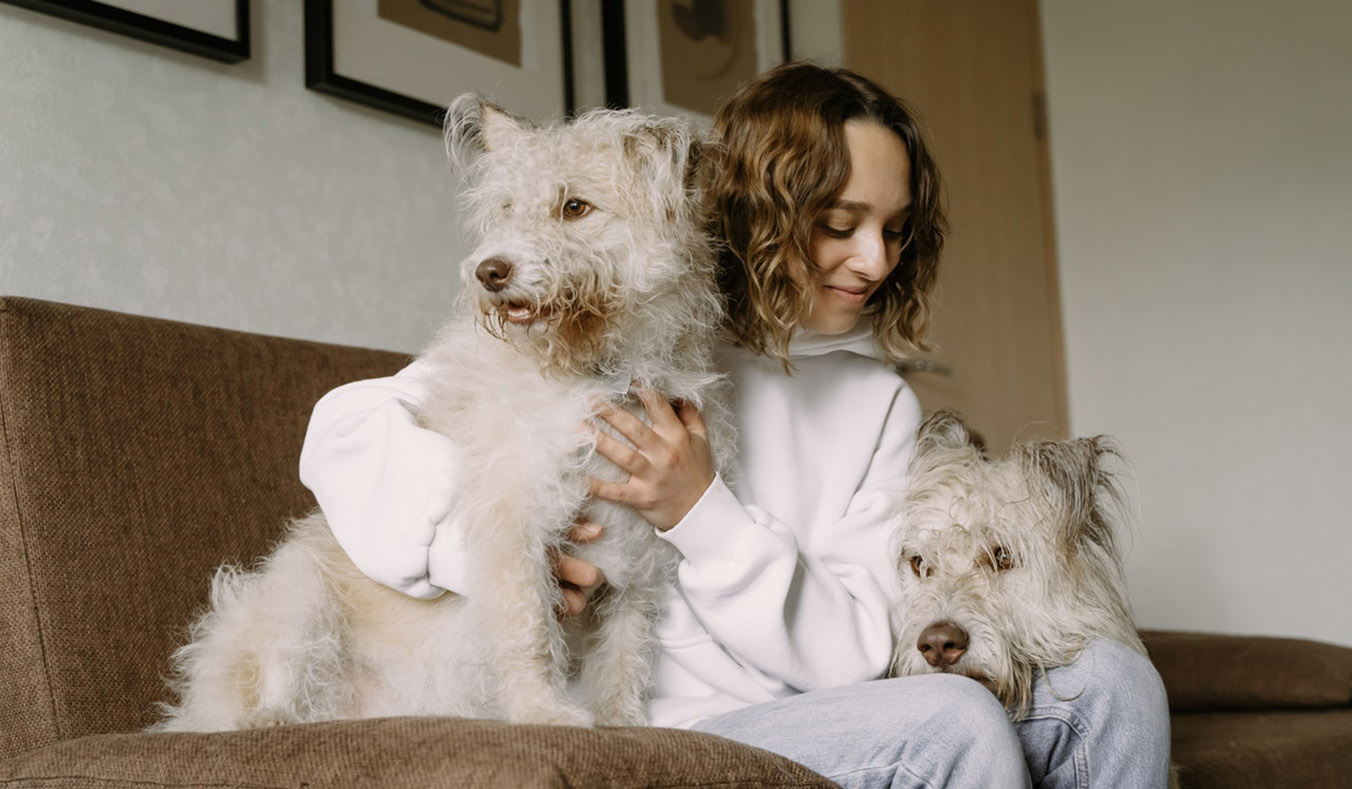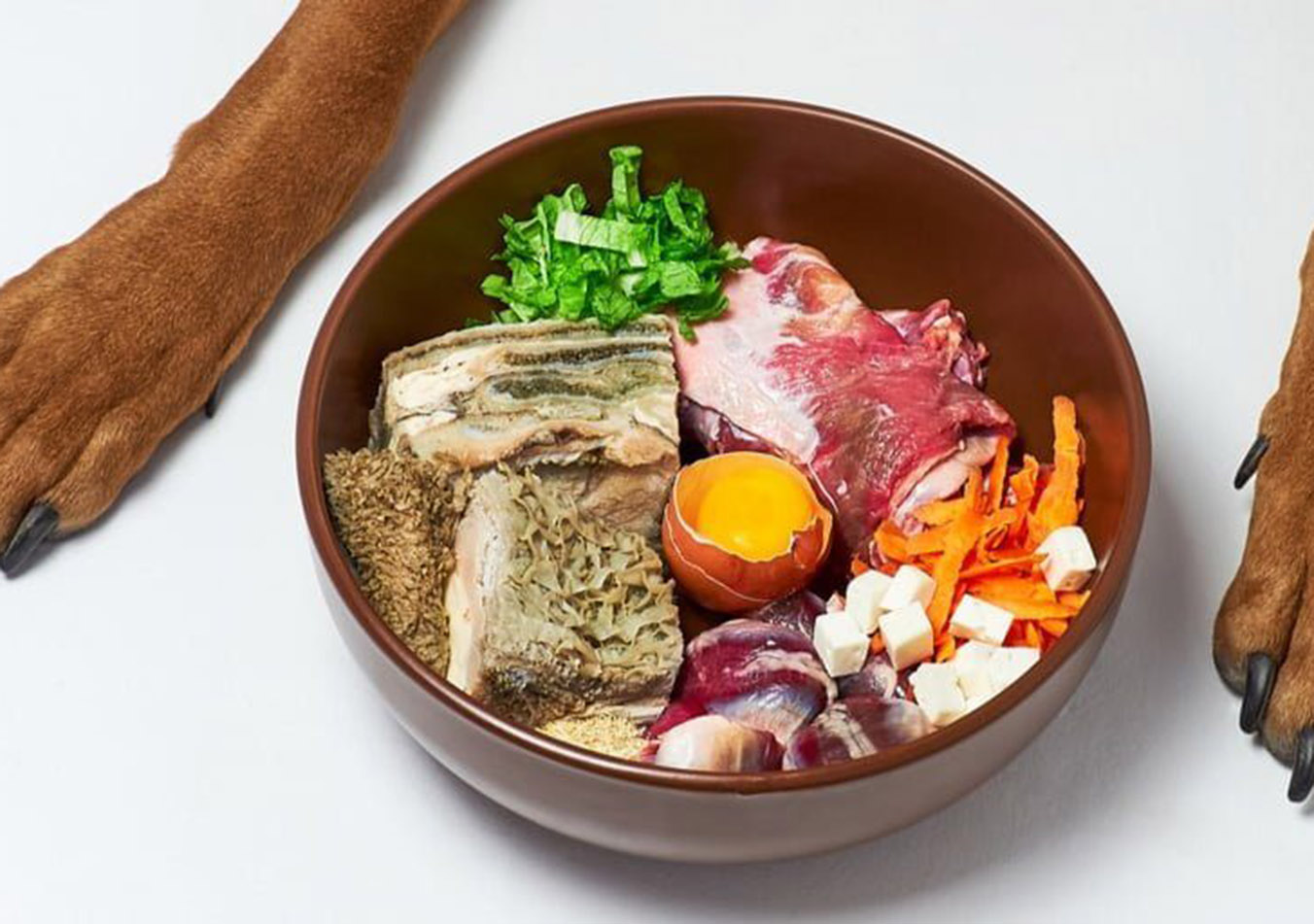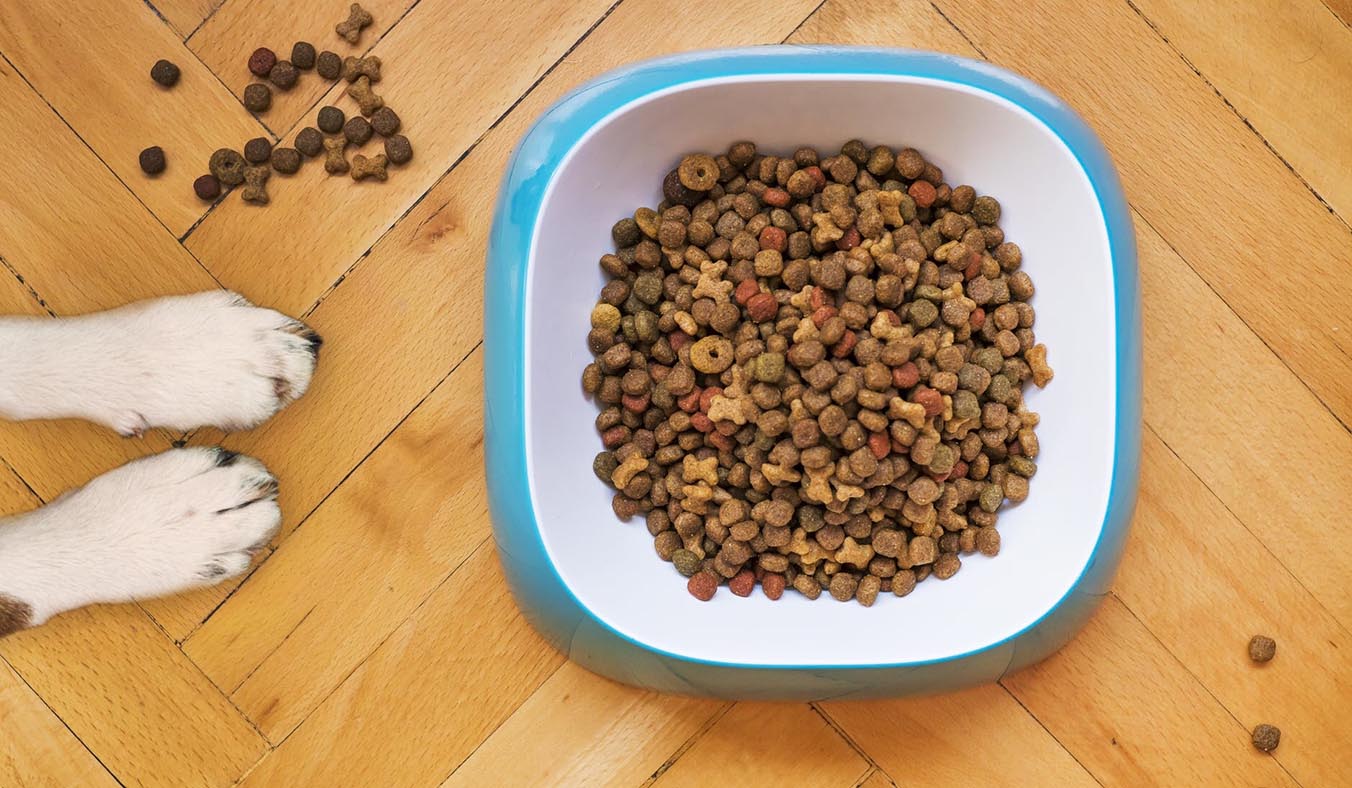Training a dog without relying on treats can be challenging but highly effective. While dogs are often motivated by food, it is important to find alternative methods to encourage good behavior and ensure their training is balanced and varied. Here are six practical and detailed methods to train your dog without using treats.
1. Rewarding Your Dog with Cuddles and Affection
Many dogs respond well to physical affection as a form of reward. Here’s how to effectively use cuddles:
- Understand Your Dog’s Preferences: Not all dogs enjoy physical affection equally. Some breeds may be more reserved. Ensure your dog is comfortable with cuddles before using this method as a reward.
- Gentle Touch: When rewarding your dog, use a soft, gentle touch. Pet them under the chin, on their belly, or along their back, depending on where they enjoy being petted.
- Timing: Offer affection immediately after your dog exhibits good behavior to help them make the connection between the action and the reward.
- Positive Reinforcement: Consistently use cuddles as a reward for good behavior, such as following a command or performing a trick.
2. Using Verbal Praise and Enthusiastic Tone
Verbal praise can be a powerful motivator if used correctly:
- Tone Variations: Use a high, cheerful tone to convey excitement and approval. For example, phrases like “Good boy!” or “Well done!” in an upbeat tone can be very encouraging.
- Clear Commands: Use clear and consistent commands. For example, say “Sit” with enthusiasm when your dog follows the command, and use a firm “No” with a low tone for undesired behavior.
- Repetition and Consistency: Consistently use the same words and tone to help your dog understand and recognize what is expected of them.
- Emotional Connection: Your dog can sense your emotions. Express genuine joy and enthusiasm when praising them to reinforce positive behavior.
3. Engaging Your Dog with Games and Toys
Incorporating play into training can make learning enjoyable:
- Variety of Toys: Use a range of toys such as balls, ropes, chew toys, and interactive puzzle toys to keep your dog engaged and stimulate their mind.
- Interactive Play: Incorporate games like fetch, tug-of-war, or hide-and-seek into your training routine. These games not only reward your dog but also provide physical exercise.
- Short, Focused Sessions: Keep play sessions short and intense to maintain your dog’s interest. Long sessions can lead to distraction and reduced effectiveness.
- Timing and Context: Choose the right moments for play, ensuring your dog is active and eager to engage. This helps in associating playtime with positive reinforcement.
4. Teaching Basic Commands
Teaching and reinforcing basic commands is essential for good behavior:
- Start Early: Begin teaching basic commands like “sit,” “stay,” “come,” and “down” at a young age. Repetition helps reinforce these commands.
- Consistent Practice: Regularly practice these commands in different environments to help your dog generalize the behavior.
- Non-Treat Rewards: Use praise, affection, and play as rewards for following commands. Celebrate successes with enthusiastic verbal praise and positive reinforcement.
- Clear Communication: Use clear and consistent commands and ensure your dog understands what you expect from them.
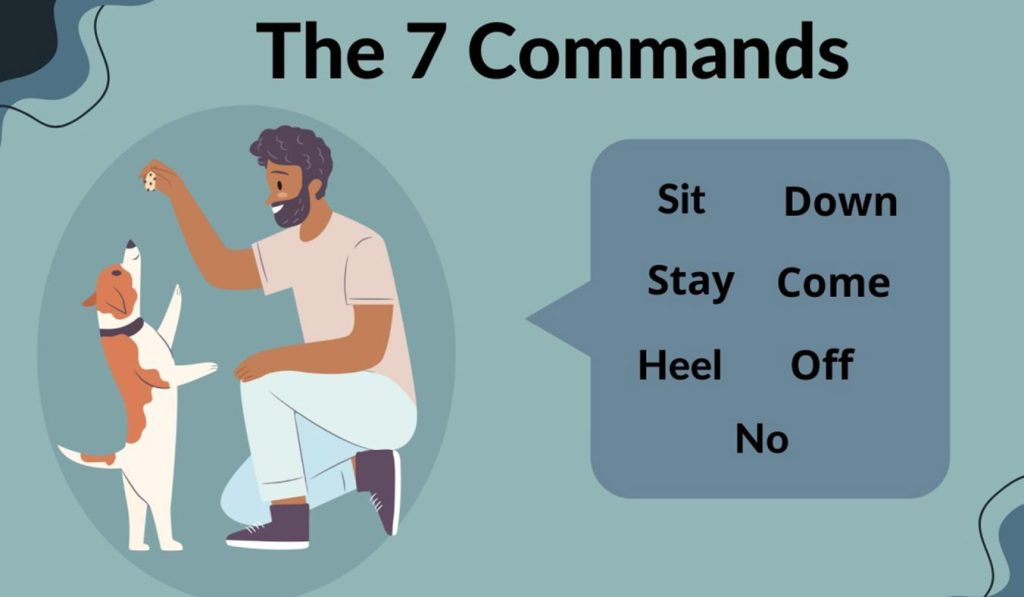
5. Finding Your Dog’s Motivation
Understanding what motivates your dog can improve training outcomes:
- Observe Preferences: Pay attention to what excites or engages your dog, whether it’s a favorite toy, a specific type of play, or physical affection.
- Avoid Negative Reinforcement: Never use punishment or force as a training method. Focus on positive reinforcement and rewards to encourage good behavior.
- Variety in Rewards: Mix different types of rewards to keep your dog motivated. Combine verbal praise, affection, and play to create a balanced training approach.
- Adapt to Your Dog’s Needs: Tailor your training methods to suit your dog’s individual preferences and needs. This personalized approach can be more effective.
6. Using Treats Wisely
While treats can be useful, they should be used strategically:
- Intermittent Rewards: Use treats occasionally and unpredictably to maintain their effectiveness. Hide treats in your hand and use them as a surprise reward.
- Visual and Physical Rewards: Combine treats with other forms of rewards like visual praise, playtime, or affection. This prevents your dog from becoming overly reliant on treats.
- Reward Variability: Incorporate different types of rewards to keep your dog engaged and prevent boredom. Use treats as part of a broader reward system that includes other motivators.
- Controlled Treat Use: Ensure treats are given in moderation to avoid overfeeding. Use small, healthy treats to maintain a balanced diet.
Practical Example: Correcting Door Scratching Behavior
Scenario:
Imagine you’re watching TV while your puppy plays outside. He sees you through the window and starts scratching the door to come in. What should you do?
Common Mistake:
Opening the door immediately rewards the scratching behavior, teaching your puppy that scratching gets him what he wants. This can lead to persistent scratching and potential door damage.
Correction:
- Wait for Calm: Wait until your puppy stops scratching and is calm. Avoid reacting immediately to their scratching.
- Firm Command: Use a command like “Stop” or “Quiet” in a firm, clear tone. This helps your puppy understand that scratching is not acceptable.
- Reward Calmness: Once your puppy is calm and stops scratching, open the door and offer enthusiastic praise or affection. This reinforces that calm behavior leads to positive outcomes.
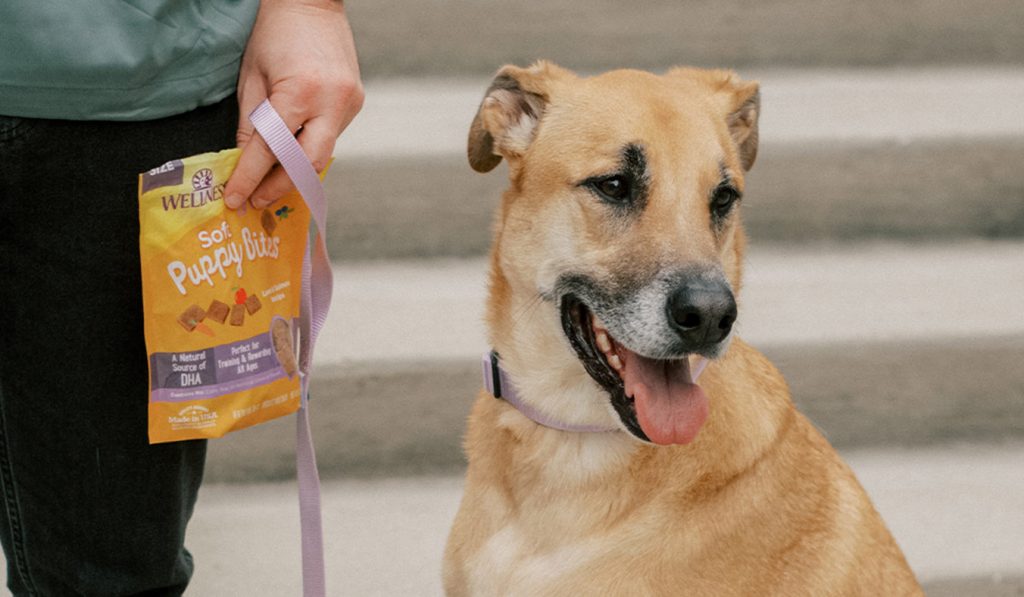
Key Takeaways
Training your dog without treats is possible and can be highly effective. While treats can be useful, they should not be the sole method of reinforcement. Utilize a combination of affection, verbal praise, games, and understanding of your dog’s motivations to encourage good behavior. Consistency, patience, and positive reinforcement are key to successful training, helping your dog learn and behave well without becoming overly reliant on treats.
